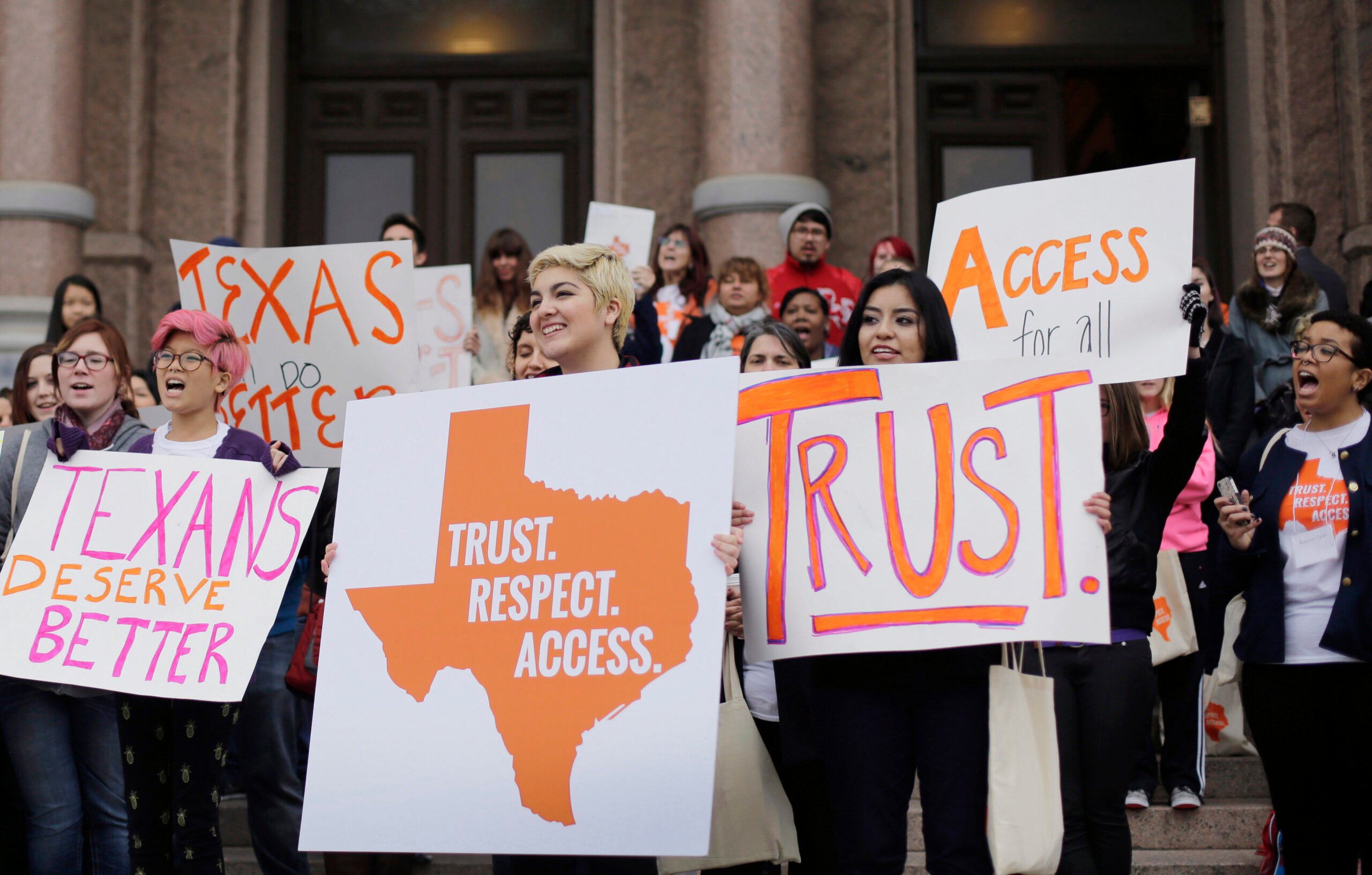
Medical Abortion Becomes More Accessible in Texas (Again)

A version of this story ran in the August 2016 issue.

Finally, some good news for pro-choicers: after decades of diminishing abortion rights, access is on the rise again. In June, the U.S. Supreme Court struck down Texas’ draconian 2013 anti-abortion law — the one that gave rise to Wendy Davis’ filibuster — ruling it an unconstitutional “undue burden” on women. The decision paves the way for at least some of the 22 shuttered Texas clinics to reopen. That could take years, and some may remain closed, but another trend, the resurgence of the legal medical abortion, suggests that getting an abortion is becoming easier.
In March, the FDA approved a new label for mifepristone, one of two pills used to induce what’s known as a medical abortion. The guidelines now allow women to get a medical abortion up to nine weeks into their pregnancy, instead of seven weeks. The FDA also reduced the number of recommended clinic trips from three to two.
The change to the FDA rules has helped to reverse an enormous decline in medical abortions precipitated by House Bill 2, the anti-abortion law, which required providers to follow the FDA’s outdated protocol. In 2014, the first full year after HB 2 partially took effect, 12,000 fewer women obtained a medical abortion than in 2013, according to recently released state data.
The decrease mirrored findings by University of Texas at Austin researchers, who documented a dramatic 70 percent drop in medical abortions in the six months after HB 2 took effect.
In the wake of the new FDA rules, clinic directors reported a sharp increase in the number of patients opting for a medical abortion.
Tenesha Duncan, clinic director at Southwestern Women’s Surgery Center in Dallas, said about 18 patients per day are now choosing a medical abortion over a surgical procedure, up from about eight before the new FDA rules went into effect.
Medical abortion is now “a bit more convenient for people,” Duncan said. “Patients want this choice that they’re making to not impact everything else going on in their lives.”
Before the change, about 1 percent of patients who scheduled appointments with Planned Parenthood of Greater Texas chose a medical abortion. Now, that number is up to 24 percent. At Whole Woman’s Health, an abortion provider with clinics in McAllen, San Antonio and Fort Worth, up to 60 percent of patients are now obtaining a medical abortion, up from only 3 to 5 percent before the label update.
UT-Austin researcher Dan Grossman predicts access to medical abortions will continue to increase. Now that physicians are no longer required to have hospital admitting privileges — an HB 2 mandate struck down by the Supreme Court — more doctors can provide abortions at the state’s remaining 19 abortion clinics.
That “could improve capacity, and potentially reduce wait times,” Grossman said. “Clearly, the updating of the protocol is really improving access, and the hope is that new facilities will be able to open up to meet the demand for abortion, and particularly medical abortion, in parts of the state that have been underserved.”


